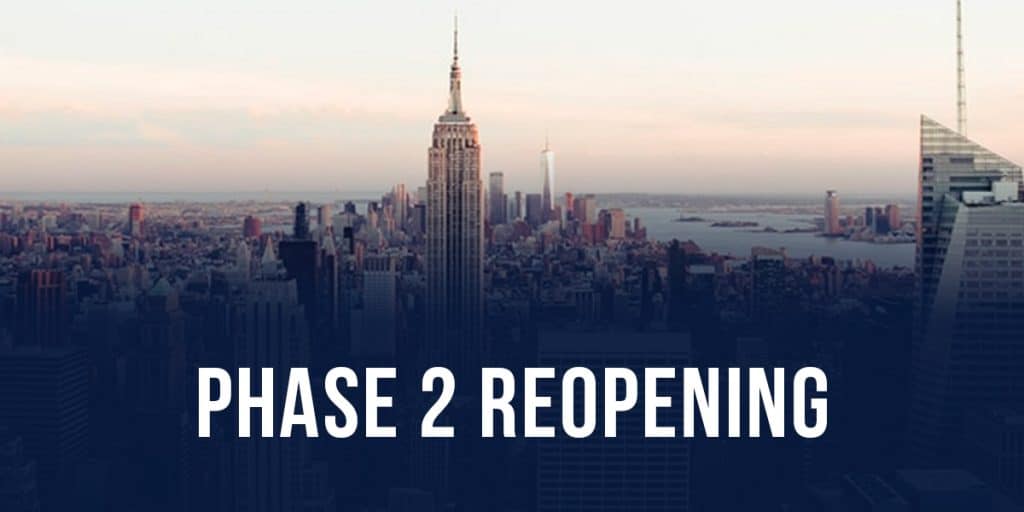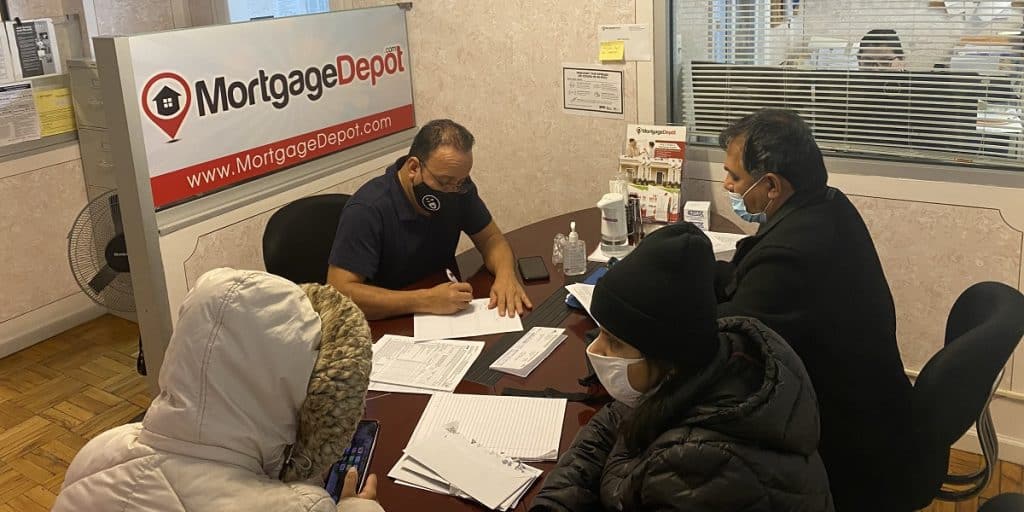
During the COVID19 crisis, many federal student loans went into automatic forbearance due to the CARES Act 2020. This has forced borrowers to either choose to pay much higher payments right now under the terms of the CARES Act, just to be qualified for a mortgage, or to take a chance and wait and potentially miss out on some of the lowest mortgage interest rates in years.
CARES ACT Forbearance and Mortgages
“The CARES Act administrative forbearance can be both a blessing and a curse,” Boston based real estate attorney Rory Gill said. “For those who need the reprieve, it can be an opportunity to save, or a short-term financial savior. For homebuyers, though, it can have disastrous consequences for mortgage loan eligibility.”
Gill explained, “Most lenders will use the actual monthly student loan obligation in [mortgage] underwriting calculations — unless that number is zero. When it’s zero, lending standards assume a monthly payment of 1% of the loan balance. For those carrying high student loan balances, this throws off the math pretty substantially.”
For example, a homebuyer with an income of $70,000 and no debt should be able to qualify for monthly housing expenses of about $1,633. That’s up to a $350,000 mortgage loan. If there’s $150,000 of student loan debt and was using a REPAYE payment plan, the student loan payment would be around $430 per month. That’s not enough to impact the maximum mortgage loan amount — assuming there’s no other debt.
However, that this same scenario is thrown off balance during the CARES Act forbearance period. Even if the monthly student loan obligation is less (zero, in fact) during the CARES Act forbearance, mortgage lenders will view this as a greater risk. Using the 1% rule, mortgage underwriters will assume that the monthly student loan payment is $1,500. As a result, the borrower may now only qualify for a maximum monthly housing payment of $600. At most, that’s a mortgage loan of $120,000.
How Can Student Loan Borrowers Get Mortgage Approval?
Unfortunately, for many student loan borrowers, the options are fairly limited under these current circumstances. Borrowers will likely be faced with a difficult choice to either opt out of the CARES Act forbearance solely to get mortgage approval, or waiting until the forbearance ends, and at that point interest rates will certainly be higher.
One option is to work directly with your mortgage lender to negotiate with them to make an exception for your case. Provide your mortgage lender a copy of last student loan bill prior to the forbearance, a statement showing the progress towards loan forgiveness, and a letter from the student loan servicer explaining how the CARES Act forbearance works. Also send the most recent student loan monthly payment schedule that confirms the monthly billed payments though 2021, after the CARES Act forbearance ends.
Although you may get re-approved for a mortgage, your lender may inform you that once you move forward with a home purchase, the lender will have to re-submit all of the paperwork again to the underwriter, who will then make a final determination.
Contact one of our loan consultants to learn more.
Have questions or need help?
Call us now at 800-220-LOAN
Request a call back or email us your questions!







